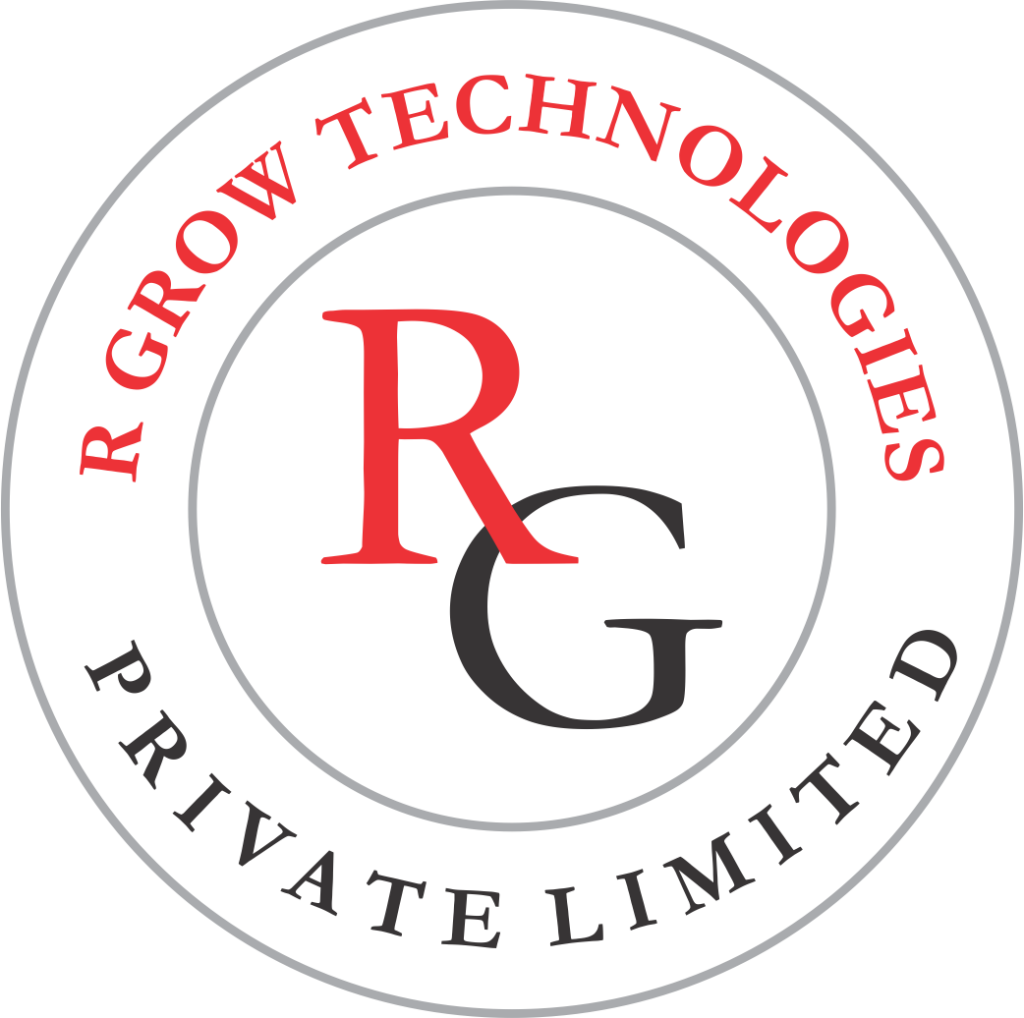
SAP
SAP’s solution includes a number of functional modules, which support transactions to execute key business processes, such as:
- Financial Accounting (FI)
- Financial Supply Chain Management (FSCM)
- Controlling (CO)
- Materials Management (MM)
- Sales and Distribution (SD)
- Logistics Execution (LE)
- Production Planning (PP)
- Quality Management (QM)
- Plant Maintenance (PM)
- Project System (PS)
- Human Resources (HR)
The Financial Accounting (SAP FI) module in SAP is designed to capture organizations business transactions in a manner that will satisfy external reporting requirements. Local legal considerations are pre-delivered with the system and the ability to manage and report on multiple companies in multiple countries with multiple currencies is part of standard functionality. Integration with Sales and Distribution, Purchasing and Materials Management allows for the ability to select any financial transaction and “Drill Down” to the originating transaction whether it is a purchase Order, Sales Order or material movement.
Financial Accounting includes the following sub-modules:
- General Ledger (FI-GL)
- Accounts Payable (FI-AP)
- Accounts Receivable (FI-AR)
- Bank Accounting (FI-BL)
- Asset Accounting (FI-AA)
- Funds Management (FI-FM)
- Travel Management (FI-TV)
- Special Purpose Ledger (FI-SL) (I am not sure this is really considered a module anymore)
SAP Financial Supply Chain Management (SAP FSCM)
The Financial Supply Chain Management module (SAP FSCM) includes the following information and processes:
- Credit Management
- Cash and Liquidity Management
- Collections Management
- Dispute Management
- Treasury and Risk Management
FSCM provides the ability to have a better view of your corporate cash flow, manage disputes with your customers, and add efficiency to your billing processes.
SAP Controlling (SAP CO)
The purpose of the Controlling (CO) module in SAP is to provide organizations with a method of slicing and dicing data to view costs from an internal management perspective and provide a view of profitability beyond that of basic financial reporting. This allows the organization to create information in a manner that is tailored to their specific business measurements needs. Controlling allows an organization to:
- Plan and track overhead costs within the company’s specific organizational structure.
- Track costs related to specific projects or events and either capitalize those costs or charge them to appropriate departments upon completion.
- Perform “Activity Based Costing”.
- Perform Product Costing, measuring production cost and variances.
- Report profitability by product line, division, or other internal measurement.
- Report sales and gross profitability by external measures such as market segments or customer groups.
SAP Materials Management (SAP MM)
The Materials Management module (SAP MM) consists of all master data, system configuration, and transactions to complete the Procure to Pay process. This process map spans from MRP generated procurement proposals through final invoice receipt and verification.
SAP Materials Management Components or Sub-Components:
- Vendor Master and Material Master data
- Consumption Based Planning
- Purchasing
- Inventory Management
- Evaluation of Materials
- Invoice Verification
SAP Sales and Distribution (SAP SD)
The Sales and Distribution (SAP SD) consists of all master data, system configuration, and transactions to complete the Order to Cash process. It includes the following information and processes:
- Customer Master and Material Master data
- Sales Orders
- Deliveries
- Pricing
- Billing
- Credit Management
SAP Logistics Execution (SAP LE)
Logistics Execution covers the areas of Warehouse Management and Inbound Receiving and Outbound Shipping processing. Warehouse Management provides an additional level of stock location detail than SAP Inventory Management. Inventory Management only maintains stock quantities at the Storage Location level, which is typically an area of your warehouse or a building on your company’s campus. Warehouse Management manages stock down to the bin level, or to the physical coordinates within your warehouse. Warehouse Management also provides Picking and Putaway Strategy functionality.
SAP Production Planning (SAP PP)
Production Planning consists of all master data, system configuration, and transactions to complete the Plan to Produce process. It includes the following information and processes:
- Material Master, Bill of Material, Routing and Work Center data
- Sales and Production Plans
- Long Term Planning
- Demand Management
- Material Requirements Planning (MRP)
- Capacity Planning
- Production Orders
- KANBAN
SAP Quality Management (SAP QM)
SAP Quality Management (QM) assures that products meet stringent regulatory standards, are safe and uniform, and meet company product specifications. SAP QM processes are thoroughly integrated into the manufacturing process.
SAP Plant Maintenance (SAP PM)
Plant Maintenance operates the overall maintenance business processes and functions. The Plant Maintenance module allows a maintenance organization to:
- Identify, document, and correct failures and degradations of any assets for which they have responsibility.
- Plan and schedule activities to prevent or predict failures and keep assets and processes operating within design specifications.
SAP Project System (SAP PS)
Project System provides tools to track project milestone, costs and resources. SAP’s Project System module contains tight integration to the Controlling, Human Resources, and Logistics modules. It utilizes personnel records from HR, rolls costs into Controlling and links to materials or customers in the Logistics modules.
Two key objects that define the Project in SAP are:
- Work Breakdown Structure – defines tasks and assign resources to those tasks
- Network – defines the dependencies within the Work Breakdown Structure (WBS)
SAP Human Resources (SAP HR)
The Human Resources module (SAP HR) consists of all master data, system configuration, and transactions to complete the Hire to Retire (or, as some say, Fire) process. It includes the following information and processes:
- Personnel Management
– Personnel Administration
– Recruitment
– Organization Structure
– Compensation Management
– Personnel Development - Organizational Management
- Travel Management
- Time Management
- Payroll
